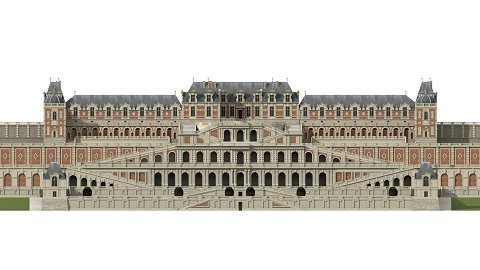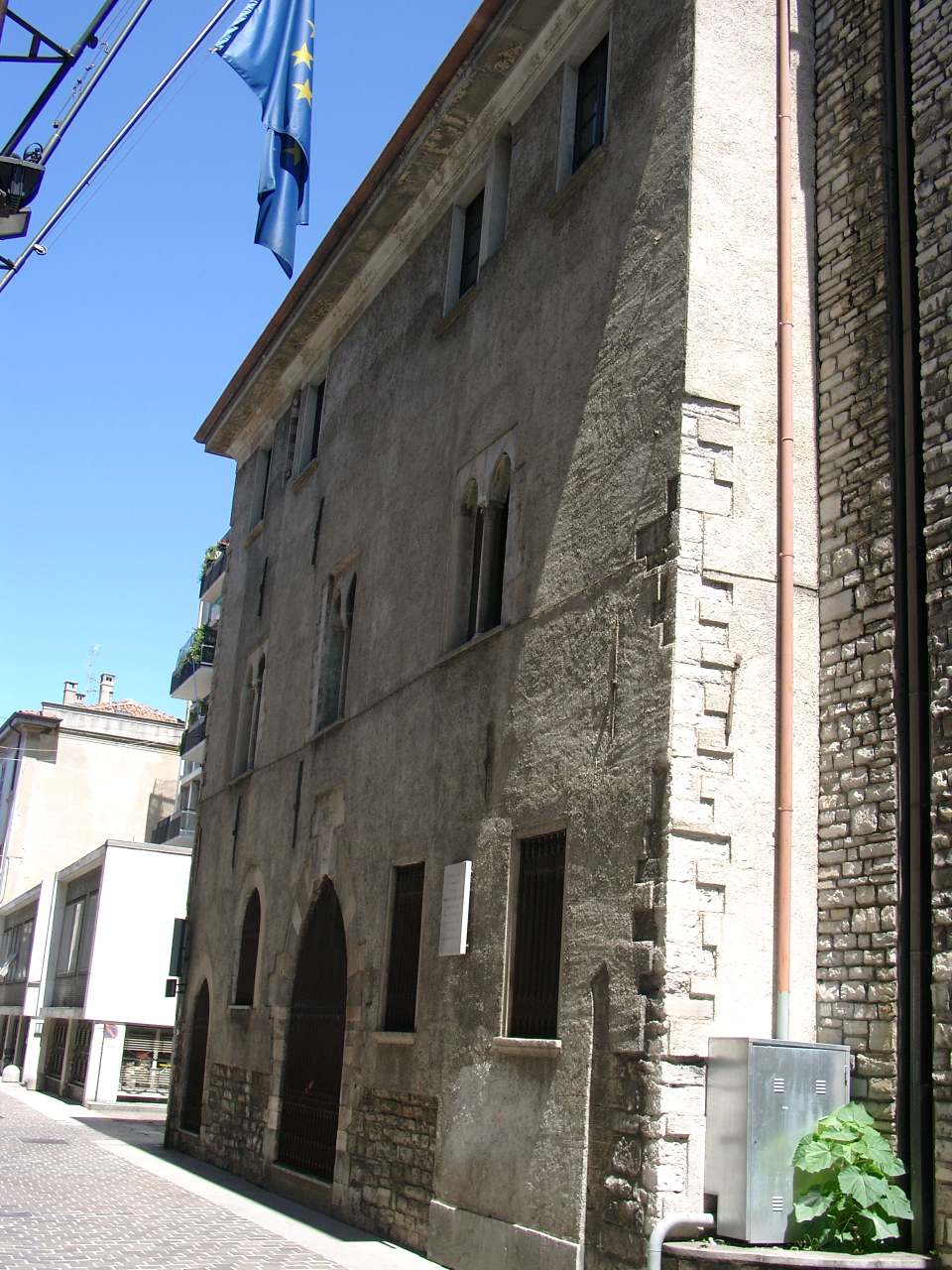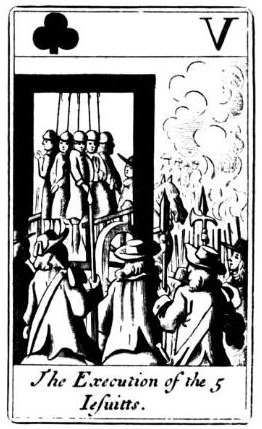|
John Caryll (senior)
John Caryll (1625–1711), 1st Baron Caryll of Durford in the Jacobite Peerage, was a poet, dramatist, and diplomat; not to be confused with his nephew, John Caryll the younger, the dedicatee of Alexander Pope's ''The Rape of the Lock''. Caryll was born at West Harting in Sussex, England. He was head of an old English Catholic and Royalist family at that time settled in West Harting, in Sussex. His father, of whom he was heir, was likewise named John; his mother was a daughter of William, second Baron Petre. Of his education he received part at the English College of St. Omer, in Artois, part at the Venerable English College The Venerable English College (), commonly referred to as the English College, is a Catholic seminary in Rome, Italy, for the training of priests for England and Wales. It was founded in 1579 by William Allen on the model of the English College, ... in Rome. During the reign of Charles II of England he produced several plays and poems. In poetry his ... [...More Info...] [...Related Items...] OR: [Wikipedia] [Google] [Baidu] |
Baron Caryll Of Durford
Baron Caryll of Durford (or Dunford) of Harting in West Sussex is a title in the Jacobite Peerage of Peerage of England, England created by the dethroned James II of England, King James II for John Caryll (senior), John Caryll, poet, dramatist and diplomat, with apparently a special remainder to the issue male of his brothers. The first Baron was succeeded, under the special remainder, by his nephew, John, son of his younger brother, Richard Caryll. The eldest son of John, second Lord Caryll, also John, who predeceased him in 1718, married, in 1712, Lady Mary Mackenzie, daughter of Kenneth Mackenzie, 4th Earl of Seaforth, Kenneth Mackenzie, 4th Earl and 1st Jacobite Marquess of Seaforth and his wife, Lady Frances Herbert, daughter of William Herbert, 1st Marquess of Powis, William Herbert, 1st Duke of Powis. The widowed Lady Caryll married secondly, Francis Sempill, 2nd Jacobite Lord Sempill. The second Baron was succeeded by his grandson, John Baptist Caryll, who served as the Jac ... [...More Info...] [...Related Items...] OR: [Wikipedia] [Google] [Baidu] |
The English Princess
''The English Princess; Or, The Death Of Richard The Third'' is a 1667 tragedy by the English writer John Caryll. It is set around the downfall of Richard III. It was performed at Lincoln's Inn Fields by the Duke's Company. Although the full cast is unknown it included Thomas Betterton as Richard III, Henry Harris as Duke of Richmond and William Smith as Sir William Stanley. In his diary Samuel Pepys Samuel Pepys (; 23 February 1633 – 26 May 1703) was an English diarist and naval administrator. He served as administrator of the Royal Navy and Member of Parliament and is most famous for the diary he kept for a decade. Pepys had no mariti ... described it as a "a most sad, melancholy play, and pretty good; but nothing eminent in it, as some tragedys are" At the end of the show actress Moll Davis came on stage to dance a jig and announcer the next day's performance.Howe p.57 References Bibliography * Howe, Elizabeth. ''The First English Actresses: Women and Drama, 166 ... [...More Info...] [...Related Items...] OR: [Wikipedia] [Google] [Baidu] |
William III Of England
William III (William Henry; ; 4 November 16508 March 1702), also widely known as William of Orange, was the sovereign Prince of Orange from birth, Stadtholder of County of Holland, Holland, County of Zeeland, Zeeland, Lordship of Utrecht, Utrecht, Guelders, and Lordship of Overijssel, Overijssel in the Dutch Republic from the 1670s, and King of England, Monarchy of Ireland, Ireland, and List of Scottish monarchs, Scotland from 1689 until his death in 1702. As King of Scotland, he is known as William II. He is sometimes informally known as "King Billy" in Ireland and Scotland. His victory at the Battle of the Boyne in 1690 is The Twelfth, commemorated by Unionism in the United Kingdom, Unionists, who display Orange Order, orange colours in his honour. He ruled Britain alongside his wife and cousin, Queen Mary II, and popular histories usually refer to their reign as that of "William and Mary". William was the only child of William II, Prince of Orange, and Mary, Princess Royal an ... [...More Info...] [...Related Items...] OR: [Wikipedia] [Google] [Baidu] |
Château De Saint-Germain-en-Laye
The Château de Saint-Germain-en-Laye () is a former royal palace in the commune of Saint-Germain-en-Laye, in the ''département'' of Yvelines, about 19 km west of Paris, France. Today, it houses the ''musée d'Archéologie nationale'' (National Museum of Archaeology). History 12th–13th centuries The first castle, named the ''Grand Châtelet'', was built on the site by Louis VI in 1124. The castle was expanded by Louis IX in the 1230s. Louis IX's chapelle Saint Louis at the castle belongs to the Rayonnant phase of French Gothic architecture. A 1238 charter of Louis IX instituting a regular religious service at the chapel is the first mention of a chapel having been built at the royal castle. This was a ''Sainte Chapelle'', to house a relic of the Crown of Thorns or the True Cross. Its plan and architecture prefigure the major Sainte-Chapelle which Saint Louis built within the Palais de la Cité at Paris between 1240 and 1248. Both buildings were built by Louis's fa ... [...More Info...] [...Related Items...] OR: [Wikipedia] [Google] [Baidu] |
Glorious Revolution
The Glorious Revolution; gd, Rèabhlaid Ghlòrmhor; cy, Chwyldro Gogoneddus , also known as the ''Glorieuze Overtocht'' or ''Glorious Crossing'' in the Netherlands, is the sequence of events leading to the deposition of King James II and VII of England and Scotland in November 1688, and his replacement by his daughter Mary II and her husband and James's nephew William III of Orange, de facto ruler of the Dutch Republic. A term first used by John Hampden (1653–1696), John Hampden in late 1689, it has been notable in the years since for having been described as the last successful invasion of England as well as an internal coup, with differing interpretations from the Dutch and English perspectives respectively. Despite his personal Catholicism, a religion opposed by the Protestant majority in England and Scotland, James became king in February 1685 with widespread support in both countries, since many feared that his exclusion would lead to a repetition of the 16391651 Wa ... [...More Info...] [...Related Items...] OR: [Wikipedia] [Google] [Baidu] |
Mary Of Modena
Mary of Modena ( it, Maria Beatrice Eleonora Anna Margherita Isabella d'Este; ) was Queen of England, Scotland and Ireland as the second wife of James II and VII. A devout Roman Catholic, Mary married the widower James, who was then the younger brother and heir presumptive of Charles II. She was uninterested in politics and devoted to James and their children, two of whom survived to adulthood: the Jacobite claimant to the thrones, James Francis Edward, and Louisa Maria Teresa. Born a princess of the northwestern Italian Duchy of Modena, Mary is primarily remembered for the controversial birth of James Francis Edward, her only surviving son. It was widely rumoured that he was smuggled into the birth chamber in a warming pan in order to perpetuate her husband's Catholic Stuart dynasty. James Francis Edward's birth was a contributing factor to the "Glorious Revolution", the revolution which deposed James II and VII, and replaced him with Mary II, a Protestant, James II's eld ... [...More Info...] [...Related Items...] OR: [Wikipedia] [Google] [Baidu] |
Roger Palmer, 1st Earl Of Castlemaine
Roger Palmer, 1st Earl of Castlemaine, PC (1634–1705) was an English courtier, diplomat, and briefly a member of parliament, sitting in the House of Commons of England for part of 1660. He was also a noted Roman Catholic writer. His wife Barbara Villiers was one of Charles II's mistresses. Early life Born into a Catholic family, Roger was the son of Sir James Palmer of Dorney Court, Buckinghamshire, a Gentleman of the Bedchamber under King Charles I, and Catherine Herbert, daughter of William Herbert, 1st Baron Powis. He was educated at Eton College and King's College, Cambridge. He was admitted at the Inner Temple in 1656. In March 1660, Palmer was elected Member of Parliament for Windsor in the Convention Parliament. Following a double return, he was not seated until 27 April. Barbara Villiers In 1660 Barbara Villiers, his wife of one year, became mistress to King Charles II. The king created Palmer Baron Limerick and Earl of Castlemaine in 1661, but the title was l ... [...More Info...] [...Related Items...] OR: [Wikipedia] [Google] [Baidu] |
Innocent XI
Pope Innocent XI ( la, Innocentius XI; it, Innocenzo XI; 16 May 1611 – 12 August 1689), born Benedetto Odescalchi, was head of the Catholic Church and ruler of the Papal States from 21 September 1676 to his death on August 12, 1689. Political and religious tensions with Louis XIV of France were a constant preoccupation for Innocent XI. Within the Papal States, he lowered taxes, produced a surplus in the papal budget and repudiated nepotism within the Church. Innocent XI was frugal in his governance of the Papal States, his methods evident in matters ranging from his manner of dress to a wide range of standards of personal behavior consistent with his conception of Christian values. Once he was elected to the papacy, he applied himself to moral and administrative reform of the Roman Curia. He abolished sinecures and pushed for greater simplicity in preaching as well as greater reverence in worship, requesting this of both the clergy and faithful. In consideration of his di ... [...More Info...] [...Related Items...] OR: [Wikipedia] [Google] [Baidu] |
James II Of England
James VII and II (14 October 1633 16 September 1701) was King of England and King of Ireland as James II, and King of Scotland as James VII from the death of his elder brother, Charles II, on 6 February 1685. He was deposed in the Glorious Revolution of 1688. He was the last Catholic monarch of England, Scotland, and Ireland. His reign is now remembered primarily for conflicts over religious tolerance, but it also involved struggles over the principles of absolutism and the divine right of kings. His deposition ended a century of political and civil strife in England by confirming the primacy of the English Parliament over the Crown. James succeeded to the thrones of England, Ireland, and Scotland following the death of his brother with widespread support in all three countries, largely because the principles of eligibility based on divine right and birth were widely accepted. Tolerance of his personal Catholicism did not extend to tolerance of Catholicism in general, an ... [...More Info...] [...Related Items...] OR: [Wikipedia] [Google] [Baidu] |
Tower Of London
The Tower of London, officially His Majesty's Royal Palace and Fortress of the Tower of London, is a historic castle on the north bank of the River Thames in central London. It lies within the London Borough of Tower Hamlets, which is separated from the eastern edge of the square mile of the City of London by the open space known as Tower Hill. It was founded towards the end of 1066 as part of the Norman Conquest. The White Tower (Tower of London), White Tower, which gives the entire castle its name, was built by William the Conqueror in 1078 and was a resented symbol of oppression, inflicted upon London by the new Normans, Norman ruling class. The castle was also used as a prison from 1100 (Ranulf Flambard) until 1952 (Kray twins), although that was not its primary purpose. A grand palace early in its history, it served as a royal residence. As a whole, the Tower is a complex of several buildings set within two concentric rings of defensive walls and a moat. There were severa ... [...More Info...] [...Related Items...] OR: [Wikipedia] [Google] [Baidu] |
Popish Plot
The Popish Plot was a fictitious conspiracy invented by Titus Oates that between 1678 and 1681 gripped the Kingdoms of England and Scotland in anti-Catholic hysteria. Oates alleged that there was an extensive Catholic conspiracy to assassinate Charles II, accusations that led to the executions of at least 22 men and precipitated the Exclusion Bill Crisis. Eventually, Oates's intricate web of accusations fell apart, leading to his arrest and conviction for perjury. Background Development of English anti-Catholicism The fictitious Popish Plot must be understood against the background of the English Reformation and the subsequent development of a strong anti-Catholic sentiment among the mostly Protestant population of England. The English Reformation began in 1533, when King Henry VIII (1509–1547) sought an annulment of his marriage to Catherine of Aragon to marry Anne Boleyn. As the Pope would not grant this, Henry broke away from Rome and took control of the Church in ... [...More Info...] [...Related Items...] OR: [Wikipedia] [Google] [Baidu] |
The School For Wives
''The School for Wives'' (french: L'école des femmes; ) is a theatrical comedy written by the seventeenth century French playwright Molière and considered by some critics to be one of his finest achievements. It was first staged at the Palais Royal theatre on 26 December 1662 for the brother of the King. The play depicts a character who is so intimidated by femininity that he resolves to marry his young, naïve ward and proceeds to make clumsy advances to this purpose. It raised some outcry from the public and established Molière as a bold playwright who would not be afraid to write about controversial issues. In June 1663, the playwright cunningly responded to the uproar with another piece entitled ''La Critique de L'École des femmes'', which provided some insight into his unique style of comedy. Characters and scene Its characters include: *Arnolphe: also known as ''Monsieur de la Souche'' *Agnès: an innocent young girl, Arnolphe's ward *Horace: Agnès's lover, Oronte's ... [...More Info...] [...Related Items...] OR: [Wikipedia] [Google] [Baidu] |








